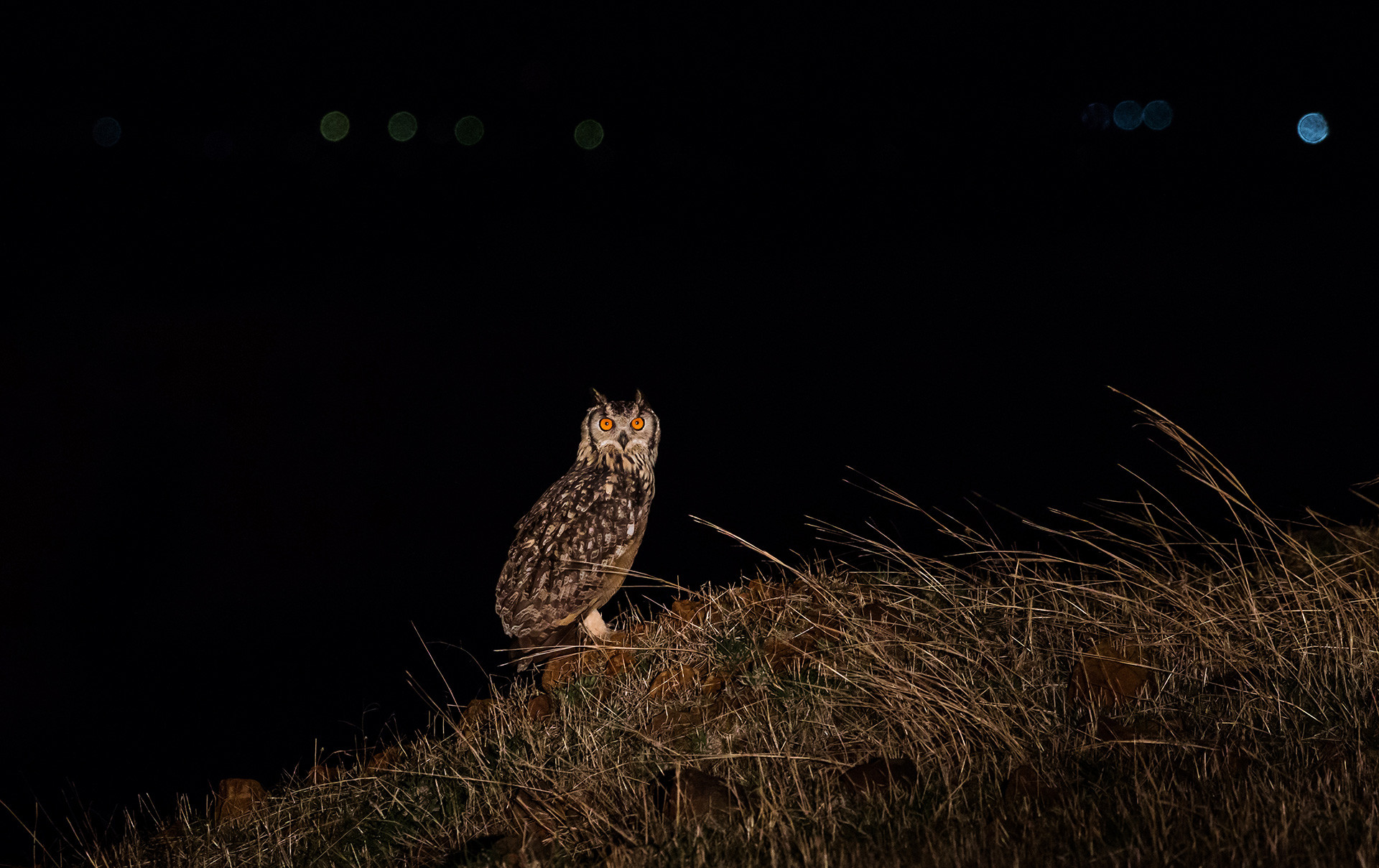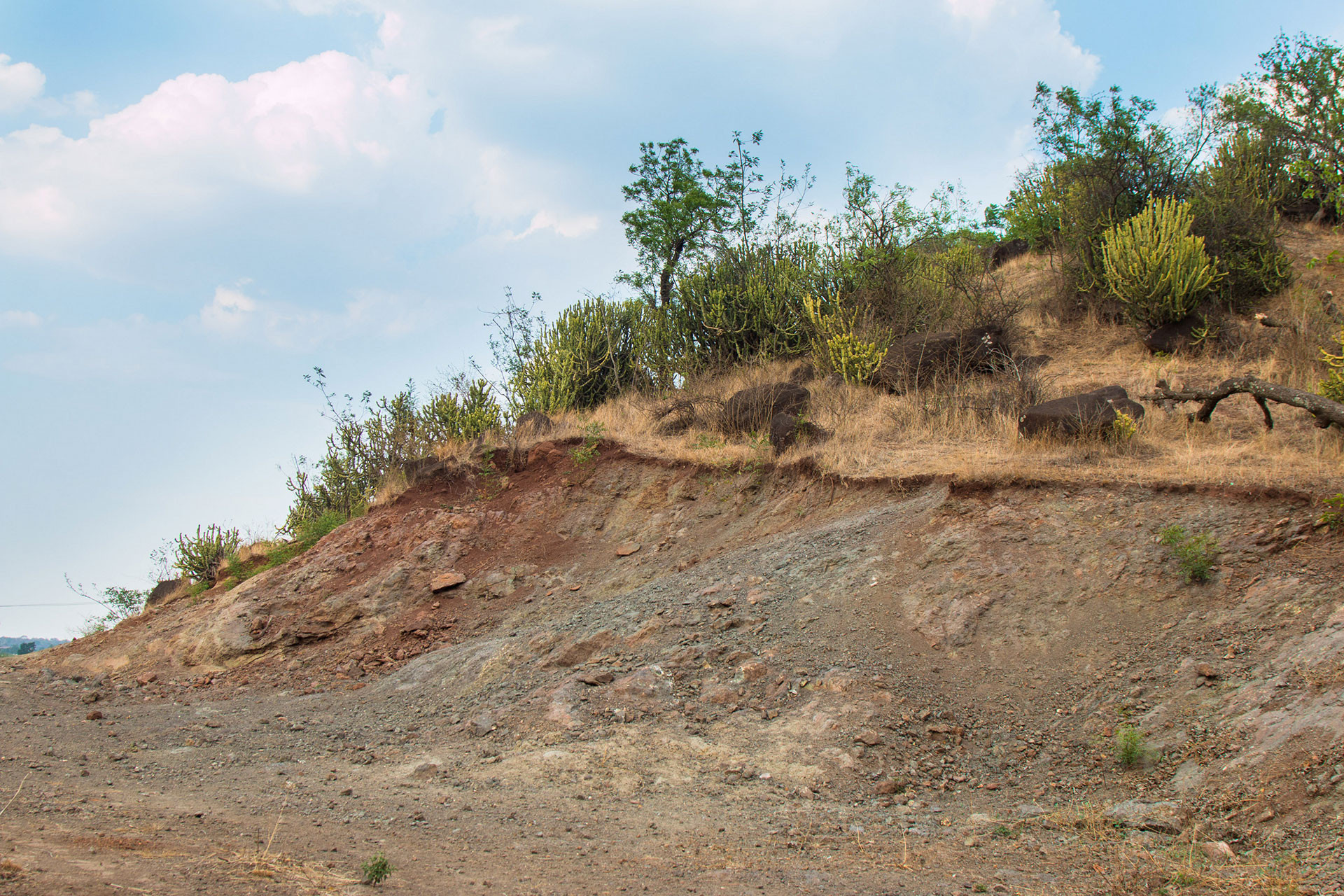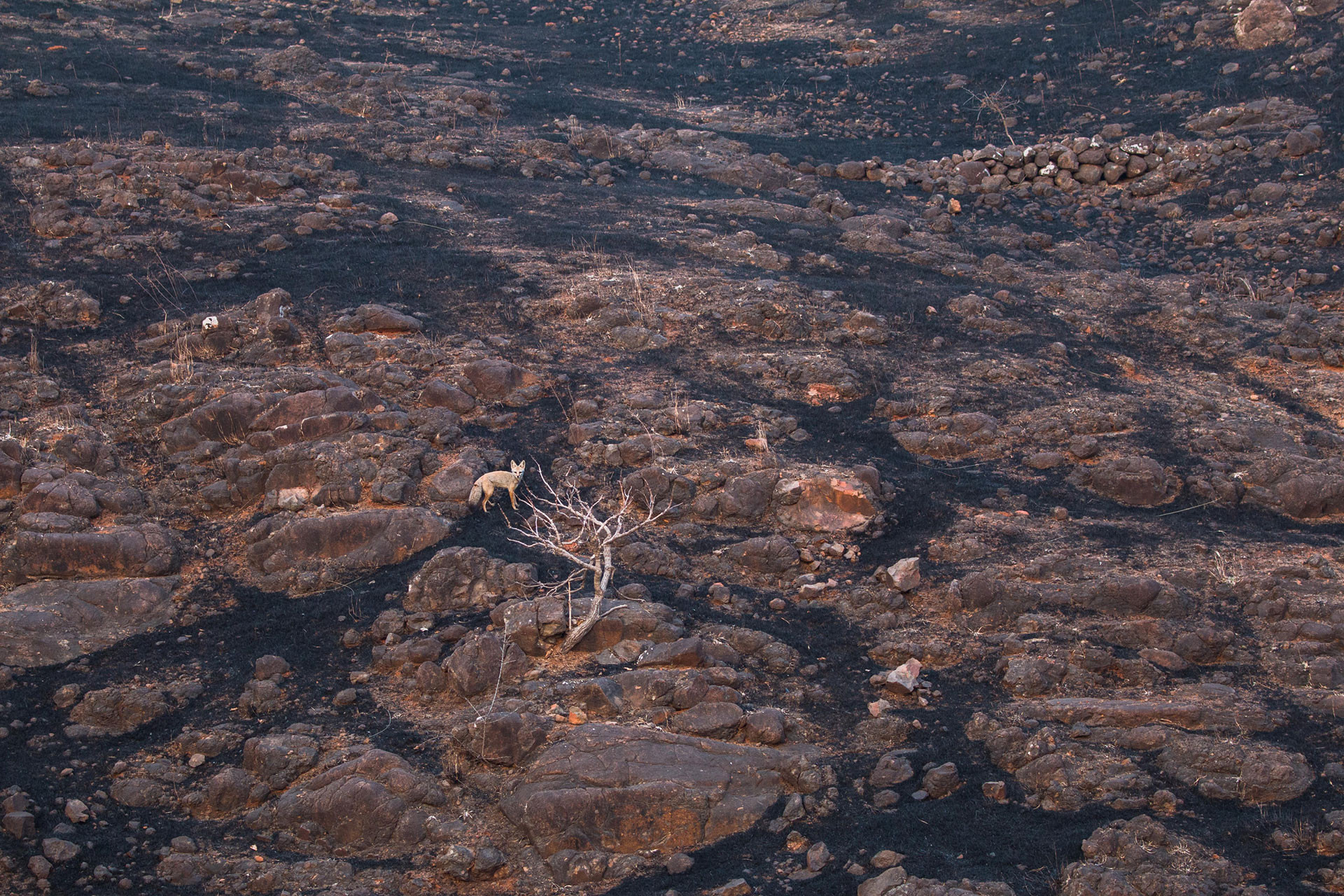Nights in the Deccan Plateau commence with the hoot of a majestic avian predator, the Indian Eagle-Owl. These horned owls inhabit scrublands and rocky grasslands where they usually rest on rocks or within the thick foliage of trees through the day. Their distribution range extends throughout the Indian subcontinent, except in arid deserts and moist evergreen forests.
The owl stands 48-50 centimetres tall, with a wing length of 35-43 centimetres and ear tufts up to 2 inches long. If one were to ever come across an Indian Eagle-Owl (Bubo bengalensis), the key characteristics to recall would be: a light brown facial disc with a prominent black rim, wing and tail feathers that are tawny-buff, and blackish-brown and heavily marked underparts that fade towards the belly. Their sharp talons and claws are their most lethal weapons, aiding them in capturing their prey.
Once an Indian Eagle-Owl locates its prey from a vantage point, it flies almost parallel to the ground with near-silent wing beats to capture the animal. This ability to attack silently allows it to hunt larger prey compared to the other owl species. Their prey of choice ranges from birds to small rodents; the Indian Bush Rat being their most favoured target within the Deccan Plateau.
These nighttime predators venture out of their roosting sites approximately 20 minutes after sunset, producing loud resonating calls that resemble a ‘boo-wooh’ sound. Indian Eagle-Owls use these calls to announce their territories.
Following the Indian Eagle-Owl
My interest in observing these raptors began when my father and I decided to explore the outskirts of our hometown, Pune, in search of birds of prey. During one of our expeditions, we decided to stay late to observe some nocturnal wildlife. As we were driving around, we suddenly noticed two eyes shining brightly at us from the side of the road; it was an Indian Eagle-Owl perched on a rock.
We fell in love with the species instantly and wanted to learn more about its behaviour and ecology. We began exploring multiple locations and noticed that these owls favoured rocky areas with a sparse distribution of trees and shrubs, and avoided barren grasslands and agricultural areas. Having spent more than a year observing the Indian Eagle-Owl, I learned some interesting facts about them and owls in general. Did you know that an owl's eyes shine as a result of a refractive tissue layer called the tapetum lucidum that many nocturnal animals have? I also learned that owls face a number of threats on a regular basis, massively impacting their local populations.
Here are three major factors contributing to the persecution of the Indian Eagle-Owl:
Mining and Quarrying
Most of the grassland habitats that I visited around Pune city are categorised as wastelands under government records. This happens due to a lack of ecological knowledge. People assume that the deficiency of trees and forest cover equates to the absence of wildlife.
On the contrary, an entire food chain survives in these desolate patches. This lack of knowledge leads to illegal rock mining and quarrying which is slowly but surely destroying valuable grassland habitats in the region.
Superstitions and Myths
Long ear tufts, large round eyes, resonant calls and nocturnal habits give this owl species a ghostly vibe. Owls in general are linked to a number of superstitious beliefs. Though irrational and unscientific, they are widespread among the urban and rural populace of the country. Some of these superstitious beliefs include:
- The hooting of an owl on the rooftop of a house is a sign that its occupants will face death
- If the bird is starved and tortured, it will speak in a human voice predicting the future of its oppressor
- Sacrificial killing by indigenous communities with the promise of good fortune
Awareness and education can help to stop the spread of such misinformation.
Grassland Fires
We came across burnt patches of grasslands on many of our trips during late winter. This is mostly carried out by the local shepherds. As dry grass has less nutritional value for their livestock, they prefer lush green grass that grows after the rain.
This burning of precious grass cover impacts the Indian Eagle-Owl in numerous ways, including exposed roosting sites. It also makes them easy targets for humans and other animals like feral dogs and wolves. Additionally, a wide variety of its natural prey such as rodents get killed or displaced during these fires. In my own observations, I found fewer eagle-owls in their usual spots during this period. The sightings improved only after the onset of monsoon season.
Indian Eagle-Owls are fascinating creatures and I was glad that I got these opportunities to observe them. I hope that we can protect their habitats and spread awareness about their importance so they do not become victims of unfounded taboos and myths.
To learn more about India's owl species, check out Owl You Need To Know Aboul Owls.




